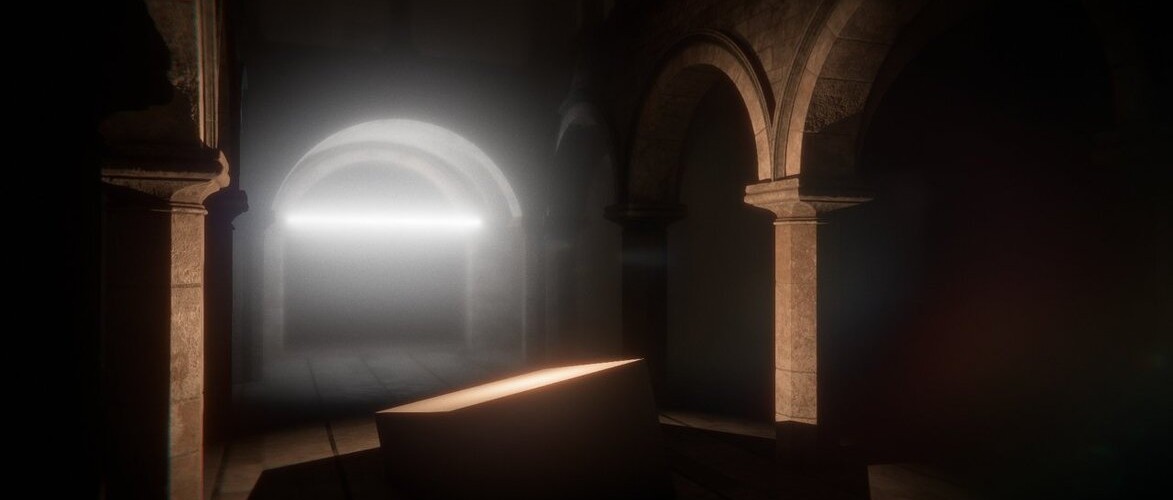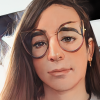
Aka Lady Bloom.
Principal Product manager on Substance 3D Painter :substance:, but stay up at night to fiddle with shader stuff.
Speaking French/English.
#gamedev #art #unrealengine #substance #opengl
nobot
This profile is from a federated server and may be incomplete. View on remote instance
